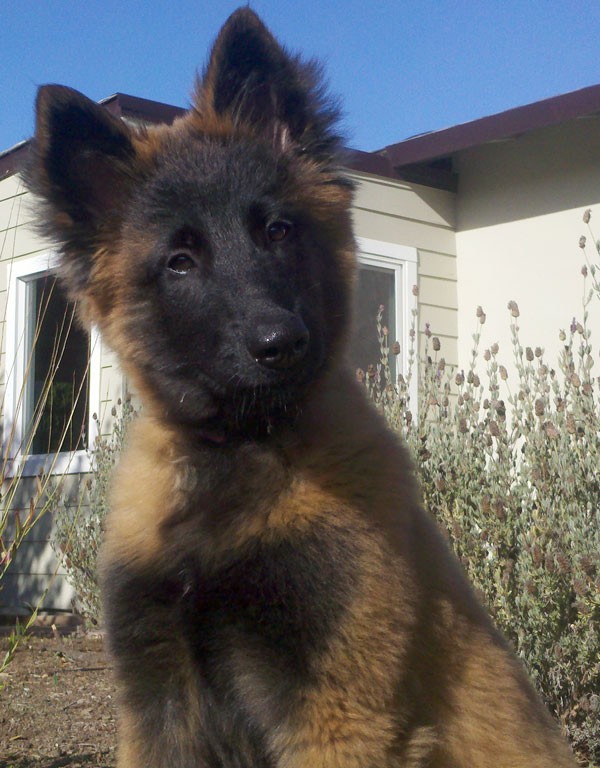This is an excerpt from one of Julie Symons' Obedience Games lectures along with a few other thoughts about dog training!
When it comes to dog training, everything we need to train and prepare for trialing can be overwhelming. Skills, precision, ring confidence, OUR confidence, weaning off primary and secondary reinforcers, etc. We all have goals and ambitions and want to do well.
We start that journey by building a strong emotional foundation when training our dogs. First and foremost we want a happy, motivated, secure, and engaged dog!! I don't worry about a lot of precision early on. The key is to prepare your dog by training smart and reinforce improvement on the way to perfection. The path to perfection or as close as we can get is the journey you take with your dog, not something you achieve all at once early in their career.
What does "training smart" mean?
It means being present when training and having a plan. It's not training when you don't feel well or in a bad mood. It means to make what training you can get to count and make a difference toward progressing.
If you don't have a lot of time to train, then make the most of the time you do have to make it productive and effective. Don't rush or get sloppy.
Make it your goal to rehearse correct behavior and be consistent with criteria as much as you can. And remember, no dog trainer trains perfectly. You constantly have to make quick decisions. To paraphrase Bob Bailey … you need to make a decision as the next one is right around the corner!
So you have to decide what/when to mark, when to release (ie., to avoid a crooked front), when to ask for more, etc. Don't fret over missed decisions, just get ready for the next one. Make it your goal to grow and expand as a trainer by experimenting and approaching it like an art form!


